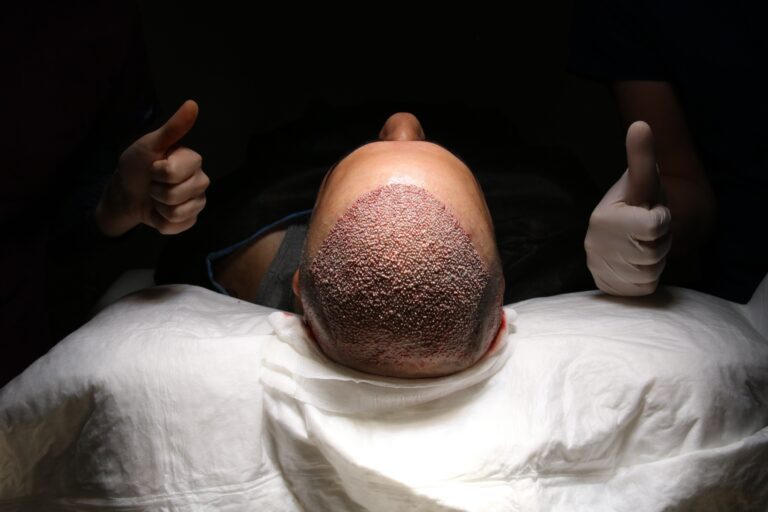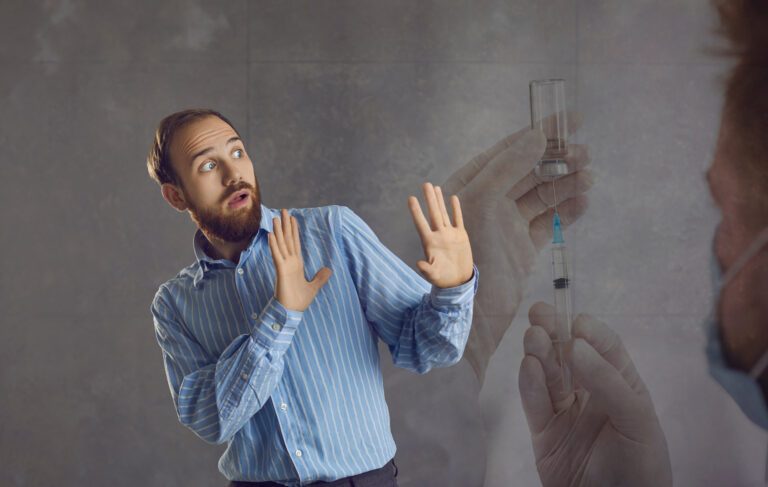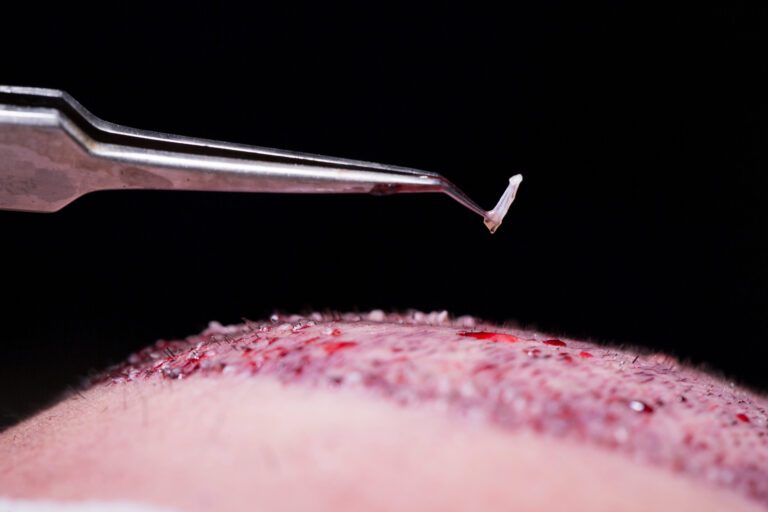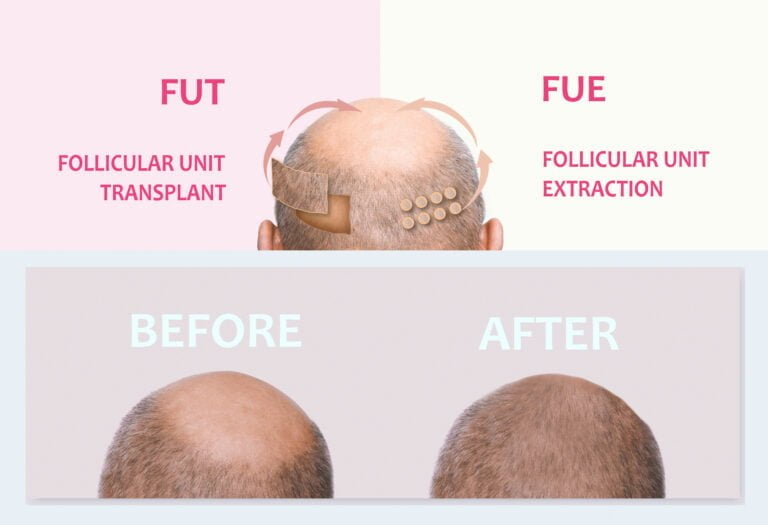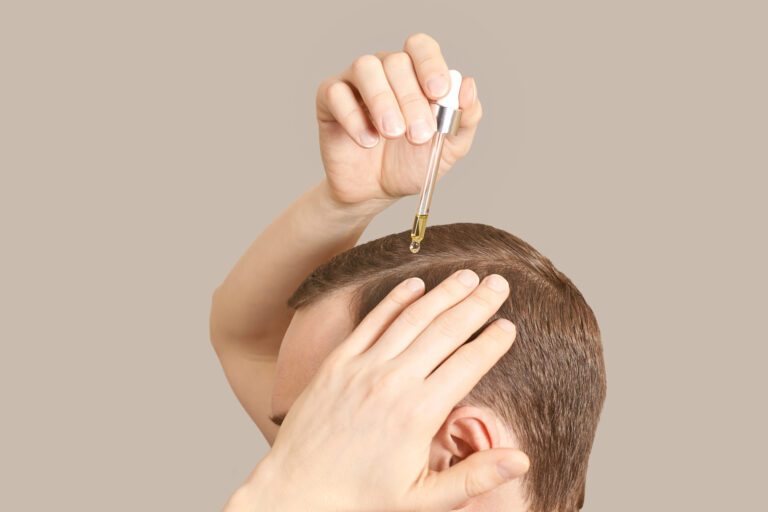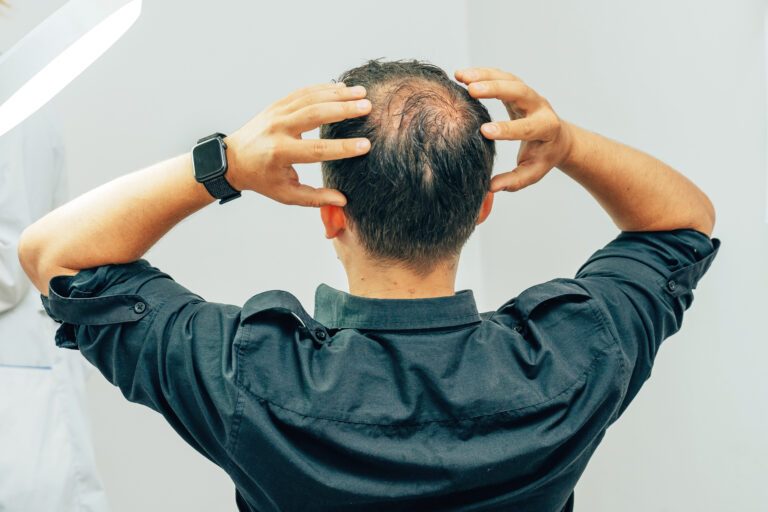Minoxidil (Rogaine) Shampoo: Why It’s A Waste Of Money
The prevalence of hair loss is undeniable. Whether due to stress, age, or health factors, this problem happens to men and women. To tackle this problem, many people turn to accessible solutions like formulated Minoxidil shampoo.
Despite its popularity, however, there are several reasons why shampoo with Minoxidil may not be worth the money you’re investing. There are issues like its efficacy and adverse effects that you should consider.
In this article, we’ll explore the reasons why Minoxidil shampoo may not be the best option for your hair loss treatment.
Minoxidil Shampoo: What Is It?
The compound Minoxidil was initially developed way back in the 1950s. It was synthesized by the Upjohn Company and intended to cure ulcers.
Although it failed in its intended purpose, the researchers found that the medication is a powerful vasodilator. Upon continuous experiments on the compound as a hypertensive drug, they discovered that Minoxidil has a side effect that can make hair grow.
Consequently, the topical Minoxidil came to fruition. It was received positively for its observable results.
In 1996, the Food and Drug Administration allowed the production and selling of generic Minoxidil solutions without prescription. From then, many companies began synthesizing their medications, like pills, topical creams, and shampoos.
Minoxidil Shampoo For Hair Loss: How Does It Work?
Although the Minoxidil compound is documented to help stimulate hair growth, the exact method of how it works isn’t fully known.
Some suggest that its mechanism works by promoting blood flow on the scalp as a vasodilator. Other studies postulate that it functions by shortening the telogen (resting stage) of hair growth.
There’s also research that looks at Minoxidil sulfate’s ability to open potassium channels, thereby improving hair growth.
Whether it works by one or a combination of these processes requires further study.
Do Minoxidil Shampoos Work?
Research on topical Minoxidil concludes that it has a positive effect on people affected with Androgenetic Alopecia (AGA), but the same can’t be said for its shampoo counterpart.
Simply put, there are very few studies on shampoos with Minoxidil aside from brand-commissioned ones. These studies provide little evidence of its efficacy.
Moreover, RJPBCS published their findings regarding the use of Minoxidil products. In the research, using 1% Minoxidil shampoo regularly over four months has minor effects on hair growth compared to a control group.
Additionally, the fact that even the leading brand of topical Minoxidil solution, RogaineⓇ, doesn’t have a Minoxidil product labeled and marketed as a shampoo puts things into perspective.
Minoxidil Shampoo For Women
Although female pattern hair loss is less prevalent in women, there are still cases of it. As a result, Minoxidil shampoos for women are formulated.
Like in men, women who use topical Minoxidil benefitted from hair growth. However, shampoos with Minoxidil didn’t do as exceptionally as topical solutions.
The idea that you can see some hair growth benefits by using a Minoxidil shampoo regularly might sound good, but its effect is relatively minimal. The reasons behind that are because of the following:
1. Lower Formulation
The first reason why Minoxidil shampoos don’t show strong evidence of hair growth benefits is their formulation.
Let’s take one of the leading Minoxidil shampoos in the market, FoligainⓇ, as an example. Its Advanced Hair Regrowth Shampoo formulation only contains 2% Minoxidil. On the other hand, generic topical Minoxidil solutions mostly contain 5%.
In a research conducted in 2002, this difference in formulation posed a significant contrast, with the higher Minoxidil concentration of 5% coming on top.
2. Duration of Contact
Another factor that affects the efficacy of Minoxidil shampoos is the duration of contact it has with your scalp.
Consider that same 2% Minoxidil shampoo from FoligainⓇ. Its instructions say massage on the scalp for one to two minutes. Afterward, you should let it sit for another three to five minutes.
That only adds up to seven minutes, at maximum. In contrast, a 5% topical Minoxidil solution has to be left on the scalp for two to four hours until it dries.
When a study was conducted to investigate Minoxidil’s absorption, its result suggested that Minoxidil should be left for an hour on the scalp for a 50% absorption. Comparing that to the contact duration of Minoxidil shampoos, we could say it’s lacking.
This vast difference in contact duration has huge effects on the desired benefits.
3. Frequency of Application
Lastly, the fewer frequency of application diminishes the chance that you’ll have your hair growing sooner.
Minoxidil shampoos are intended to be used at least three to five times a day, which equates to almost once daily. If you’re going to go the topical route, you’ll have to apply a Minoxidil solution twice a day.
This increase in the frequency of application adds up to the already lengthy contact duration of topical Minoxidil.
Minoxidil Shampoo Side Effects
Aside from the lack of strong evidence that Minoxidil shampoos are beneficial for hair growth, there are other potential downsides to it.
From draining moisture on your scalp to draining your wallet, here are the most common side effects of shampoos with Minoxidil:
Dryness
Dryness of the scalp has been observed in people who use Minoxidil shampoo. This effect is more apparent if you use it more than its intended frequency.
Seborrheic Dermatitis
Another adverse effect of Minoxidil shampoos is the exacerbation of seborrheic dermatitis and the increase of dandruff flakes.
Irritation
People who are allergic to Minoxidil can experience contact dermatitis upon using Minoxidil. Its symptoms include erythema or redness of the skin, a burning sensation, and scaling.
Itchiness
Pruritus or itching was documented among participants of Minoxidil side effects studies as well.
This can be due to other adverse effects like seborrheic dermatitis or allergic contact dermatitis, but it could also be an isolated effect.
Although it might sound bad, the effects mentioned above occur rarely among people.
Additionally, because of the lower Minoxidil content of shampoos compared to topical solutions, these effects have lower chances of being observed.
Expensive
On top of all these side effects that may occur, maintaining Minoxidil shampoo is also expensive.
While the average price of leading shampoo brands in the United States is around $4 to $6, Minoxidil containing shampoos could easily reach upwards of $15, often reaching four times the average.
Furthermore, because of the minimal effects of Minoxidil shampoos, you’d have to spend more money to achieve the results you want to see.
Lastly, if you stopped using Minoxidil shampoos, there’s a possibility that your hair would resume thinning. That means you’d have to keep spending on bottles of it.
Alternatives to Minoxidil Shampoo
Hair loss is a major problem, especially since two out of three men above 35 experience Androgenetic Alopecia. As such, many solutions were developed to combat this.
To help you look for methods that might stop hair loss, we listed some alternatives you may want to try below.
1. Topical Minoxidil
As mentioned, 5% topical Minoxidil gives a more promising result than 2% Minoxidil shampoos. If you want to stay on the Minoxidil route, you can try it.
Just bear in mind that it has the same side effects present in Minoxidil shampoos.
Aside from that, it has an additional downside of inconvenience because you’d have to apply it twice a day and let it dry for hours.
The most prominent brand of topical Minoxidil is RogaineⓇ. They have products formulated for men and women at 2% and 5% concentrations.
2. Ketoconazole Shampoo
A shampoo with 2% ketoconazole content is another alternative that aids with hair loss.
Ketoconazole works by lowering the dihydrotestosterone (DHT) in the body. This effect slows AGA’s development.
In fact, Ketoconazole shampoo was found to be as effective as topical Minoxidil against AGA. On top of that, Ketoconazole is an effective antifungal medicine that can help against dandruff.
3. Finasteride
The 5-alpha reductase inhibitor Finasteride can also curb your hair loss. It works the same way as Ketoconazole, by stopping testosterone from turning into DHT. However, unlike Ketoconazole, Finasteride is taken orally.
Although Finasteride was linked to prostate cancers, there was insufficient evidence to back the claim. There are still side effects to this drug, though, like lowering your sex drive.
4. Hair Transplant
Among the alternatives listed here, hair transplants bear the most significant evidence of being successful. Upwards 80% of the transplanted hair follicles grow in most cases.
Of course, it has its downsides, like being more drastic and costing a substantial amount.
5. Your Doctor Knows Best
On top of everything, always consult your doctor. Investing time to consult your doctor could save you time, money, and trips to the hospital.
Your doctor can help you identify whether a topical product or over-the-counter medicine is ideal for you. Disclose your history of illnesses and allergies so they can advise you accordingly.
To Sum It Up
There’s no single fix for hair loss and what works for others may not work for you.
While it may seem like an easy solution, the low concentration of Minoxidil in these shampoos makes them less effective than other forms of medication.
If you’re considering using Minoxidil shampoo, you should know the pros and cons. Weigh its efficacy against its price and side effects. Do your research on potential alternatives.
Maintain caution when self-medicating to stay safe and as always, consult your doctor before starting any new hair loss treatment.


